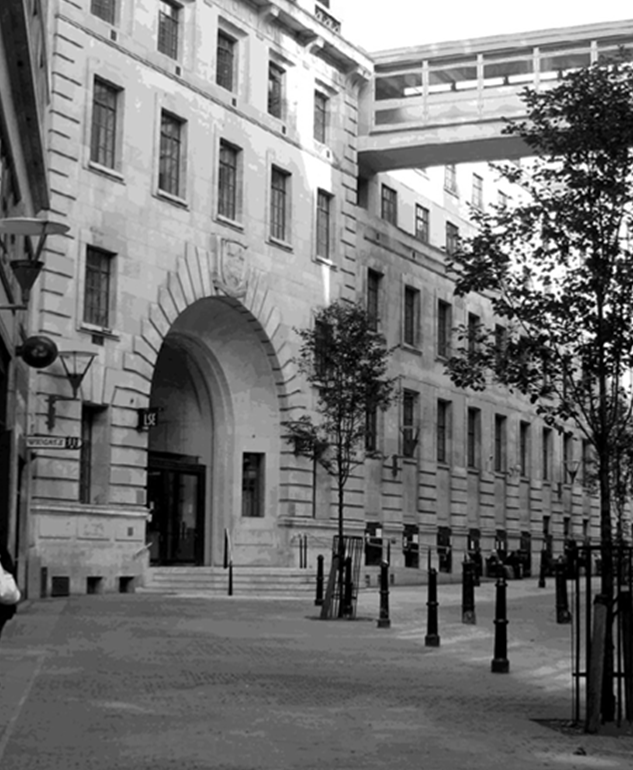
How it all started
LSE first opened its doors in 1895, in three rooms at 9 John Adam Street, near London’s Strand. By October 1895, 200 students were registered for courses and in 1896 the LSE moved to larger premises at 10 Adelphi Terrace.
The LSE was the ‘brainchild’ of Sidney Webb (1859-1947) with the support of his wife social researcher Beatrice Webb (1858-1943), political scientist Graham Wallas (1858-1932) and author George Bernard Shaw (1856-1950). All were members of the Fabian Society. William Hewins (1865-1931), who was a historian of economics, was appointed the first director.
From its inception the school was open to both men and women and overseas students were welcome. The school was committed to providing its students with “scientific training in methods of inquiry and research” and resources for research. In 1896 it established the Library, which since 1928 has been known as the British Library of Political Science and Economics.
The first prospectus lists the subjects taught as economics, statistics, commerce, commercial geography, commercial history, commercial and industrial law, finance and banking, taxation and accounting, and political science.
